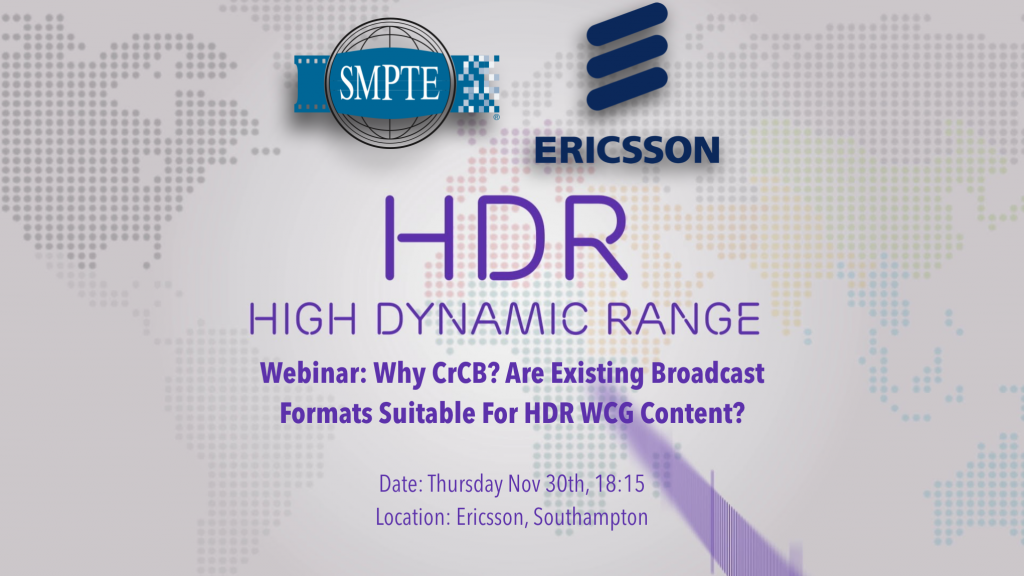
This webinar looks at
How to capture light’s High Dynamic Range (better pixels rather than more pixels)
Setting the new HDR scope levels compared to typical SDR (where to set 90% white or 18% grey)
Camera formats and scene exposure adjustment
Artistic level grading for HDR and SDR displays
Michael Waidson from Tektronix, explains the above and digs in to why, as the average luminance level of HDR and SDR should not be that different, a new and more simple scope waveform scale is required. This new scale will ensure preservation of blacks and highlights, as well as artistic adjustments simultaneously for SDR and HDR.




